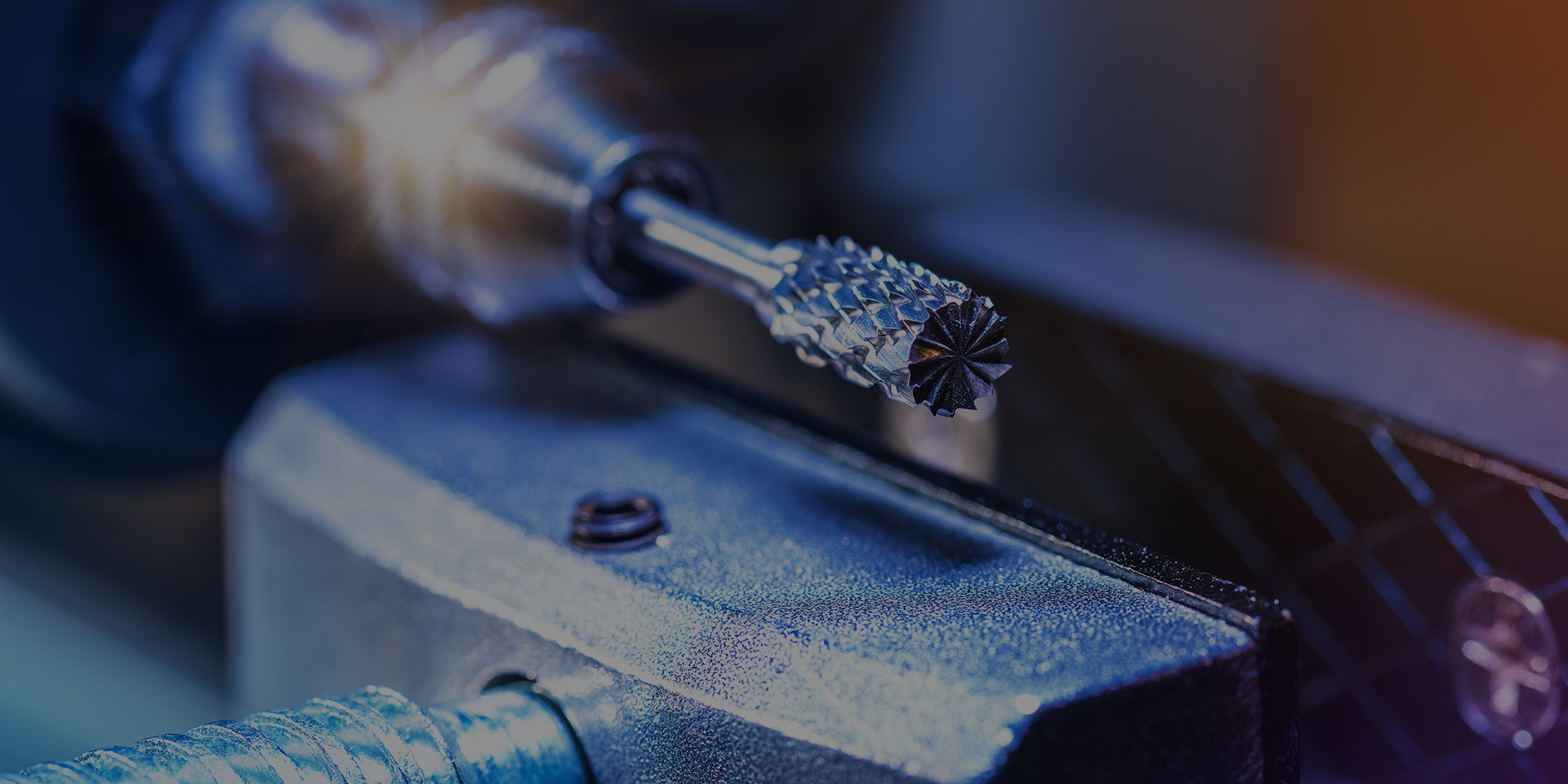Surface Finish
| Model | Surface Finish | Choose a right finish for your machining parts | |||||
| 1 | Bead blasted |
Bead blasting add a uniform matte or stain surface finish on a machined part, removing all tool marks. Mainly used for aesthetic purposes. | |||||
| 2 | Anodized | Anodizing add a thin, hard, non-conductive ceramic coating on the surface of aluminum parts, increasing their corrosion and wear resistance. Available in a variety of colors. | |||||
| 3 | Hard anodized | Hardcoat anodizing produces a thicker ceramic coating providing excellent corrosion and wear resistance, for functional applications. |
|||||
| 4 | Powder coated | Powder coating adds a thin layer of strong , wear and corrosion resistant protective polymer paint on the surface of a part. Available in a large range of colors. | |||||
| 5 | Brushing | Brushing is produced by polishing the metal with grit resulting in a unidirectional stain finish. | |||||
| 6 | Polishing | Polishing can make roughness products achieve very glossy and smooth surface. | |||||
| 7 | Painted | Painting adds a thin layer of strong , wear and corrosion resistant protective polymer paint on the surface of a part. Available in a large range of colors. |
|||||
| 8 | Screen printing | Screen printing help to print desired logo or pattern on the workpiece. | |||||
| 9 | Passivated | Passivation is the process of treating or coating a metal in order to reduce the chemical reactivity of its surface. | |||||
| 10 | Chromate plated | It is used for decorating purpose, chrome plating can also serve as a layer of protection as well. It is applied to metal objects when there is a increased opportunity for corrosion to occur. |
|||||
| 11 | Zinc plating | Zinc plating, a process also known as galvanization, is the deposition of a thin layer of aluminum onto a metal component to provide a protective layer. |
|||||
| 12 | Heat treated | Heat treated can soften metal, to improve formability. It can make parts harder, to improve strength. |
|||||
| 13 | Telfon | Telfon has excellent heat and low temperature resistance, it can protect the parts from any kind of chemical corrosion. Telfon |
|||||



